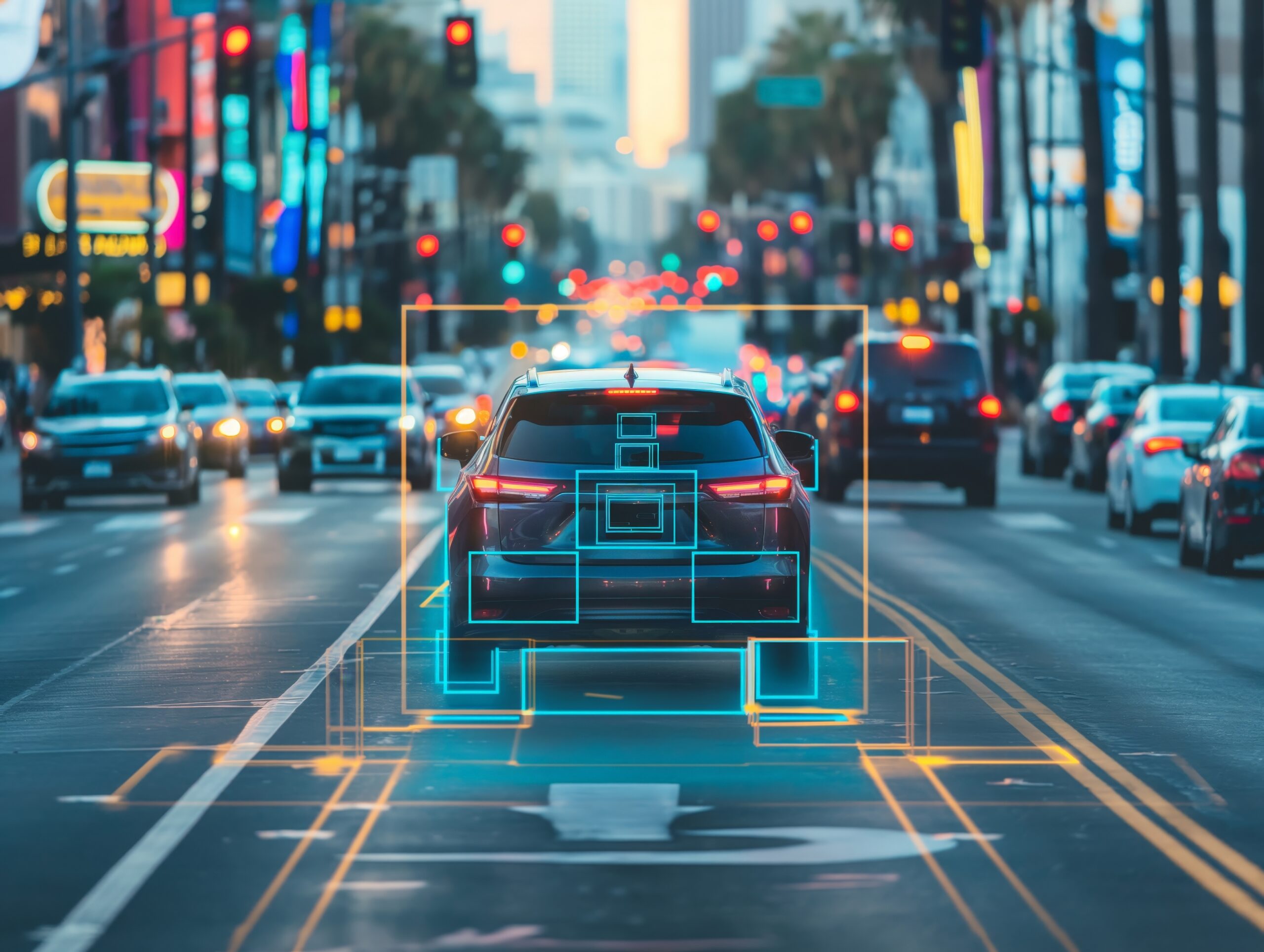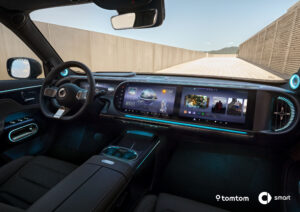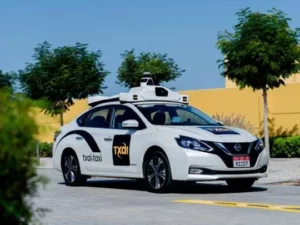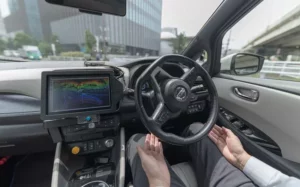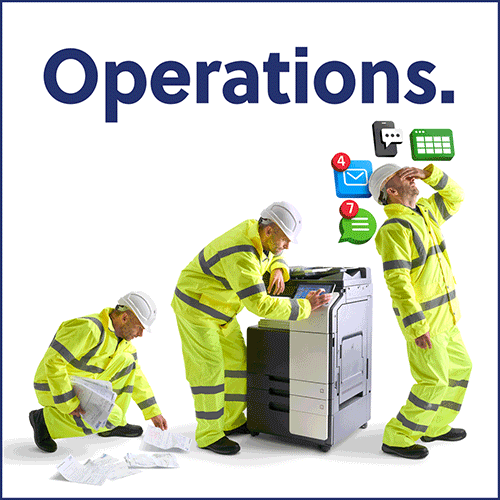Vehicles are becoming ‘edge devices’ of the IoT world, and the increasingly critical and differentiating role played by software is forcing OEMs to become software companies. Sandeep Terwad, Associate Vice President of Tata Technologies spoke to Autocar Pro about trends, challenges and the evolving landscape of connected vehicles.
“ADAS has evolved from rudimentary safety features like rear parking sensors to sophisticated, AI-powered systems that play a central role in improving road safety and enhancing driving experience to pave the way for true autonomous mobility in almost all cars soon,” says Terwad. “On the sensor side, radars have become increasingly sophisticated, offering higher resolution and improved performance in detecting objects and obstacles in adverse weather conditions.
“Lidars have become smaller and more affordable, providing detailed 3D mapping and precise object detection. These sensors, in combination with AI algorithms and ML techniques, make ADAS systems more perceptive, and better at decision-making and predictive capabilities.”
On the subject of regulatory challenges and compliance considerations in the development of ADAS solutions, Terwad commented: “Compliance with safety standards established by the NHTSA in the US and similar bodies in other regions is essential to ensure that ADAS features meet minimum safety requirements and do not pose undue risks to drivers, passengers, or other road users. The ADAS technology may require regulatory approval and certification before being deployed in production vehicles. Getting the certification involves submitting technical documentation, test results, and safety assessments to authorities for review. This process is slightly time-consuming and expensive and requires close collaboration between OEMs, suppliers and regulatory agencies.
“Automotive OEMs and suppliers also now need to carefully consider liability issues, product liability laws, and contractual obligations to mitigate legal risks and ensure compliance with applicable laws and regulations in case ADAS features are involved in accidents or do not function as intended.”
In terms of future trends, Terwad believes that ADAS will evolve into a more affordable and indispensable component of vehicles across the spectrum. “Level 3 will become the minimum level preferred by endusers. Advancements in sensor fusion, AI, and machine learning will enhance the perception and decisionmaking of ADAS systems, making more accurate and predictive responses possible. Companies are exploring the integration of AR into ADAS solutions to enhance situational awareness and improve driver decision-making processes. This could revolutionise how drivers interact with their vehicles and the road. ADAS will become a key differentiator for OEMs in their product offerings and the USP will be safety, comfort and convenience. Strategic partnerships and collaborations between OEMs, suppliers, and tech companies like TTL will become more prevalent, helping to leverage synergies and accelerate innovation in ADAS development. An OEM ecosystem that has better AI models will be ahead of the curve.”
There has been a paradigm shift in the automotive industry in the past few years, mainly in the Connected, Autonomous and Sustainable areas, he adds. “This shift has been driven by technology advancements, evolving user preferences, and integration of cloud computing, SDV, connectivity, and mobile apps. Regulatory bodies the world over have also contributed to policy changes that promote electric vehicles (EVs) and alternative powertrains, including [by the use of] subsidies, infrastructure support, tax incentives and even funding programmes.
“In the case of EVs, there have been advancements in the past few years in battery technology. In general, the ePT components and charging infrastructure are becoming better day by day. In the case of Autonomous and Connectivity, there has been a significant advancement in ADAS, sensor fusion, the integration of AI and ML, over-the-air updates, remote diagnostics, etc. These are some of the changes brought in by technology. The end-users are demanding personalised experiences in their vehicles, leading to the integration of voice assistants, customisable interfaces, and adaptive driving modes tailored to individual preferences. Vehicles are becoming increasingly connected to smartphones, smart devices, and IoT ecosystems, enabling seamless integration with mobile apps for remote control, vehicle tracking, and digital key access. OEMs are realising that the vehicle is now an edge device of the IoT world, with software playing a crucial role. OEMs are transforming themselves into software organisations making the suppliers also change likewise. A slew of standards, bodies, and alliances have formed to aid these changes in the last few years.”
(Pic – Cherezoff/Dreamstime)



